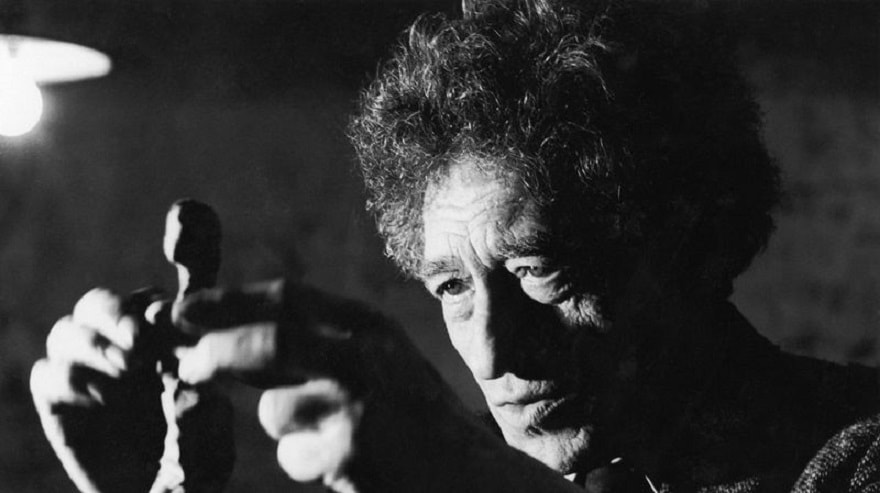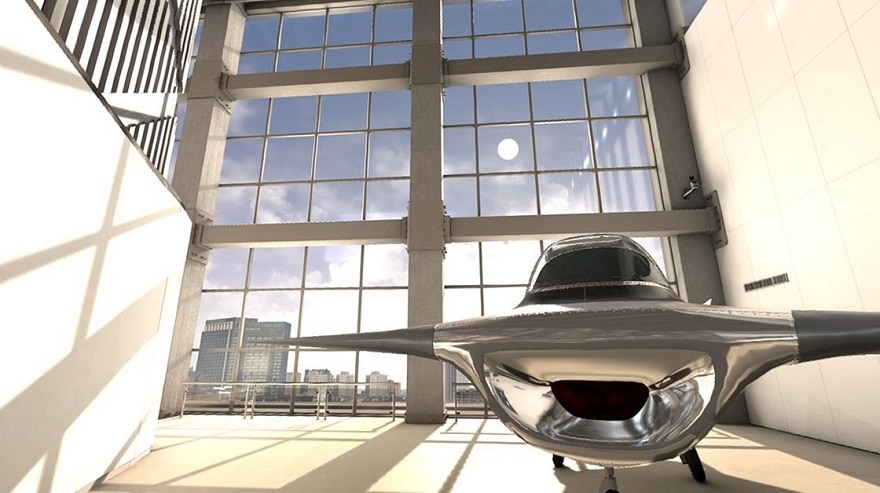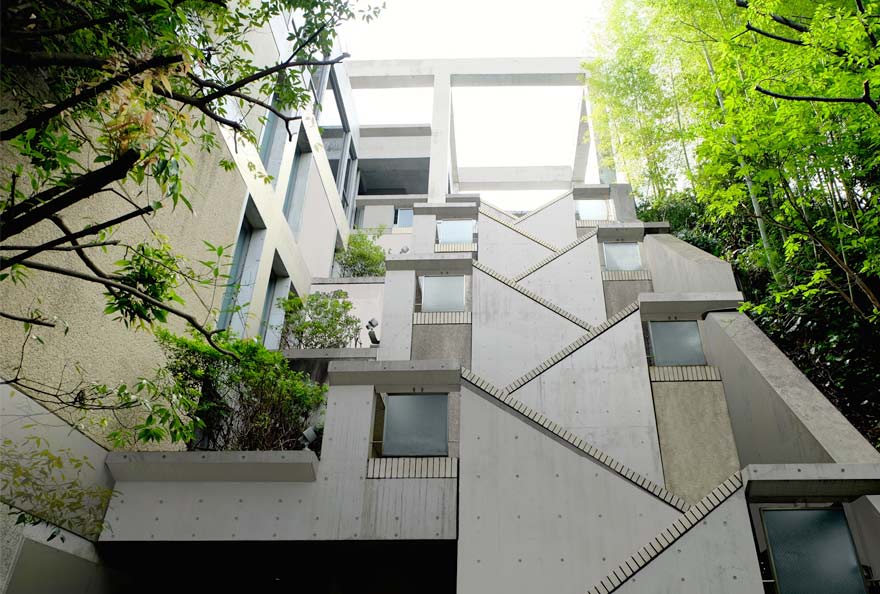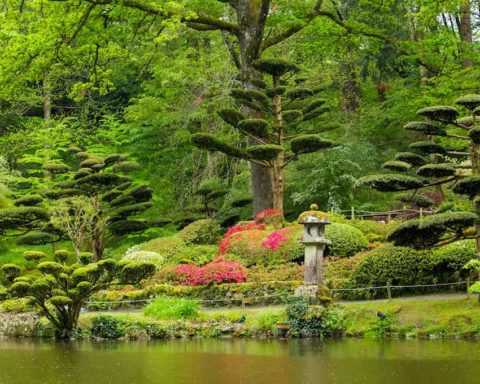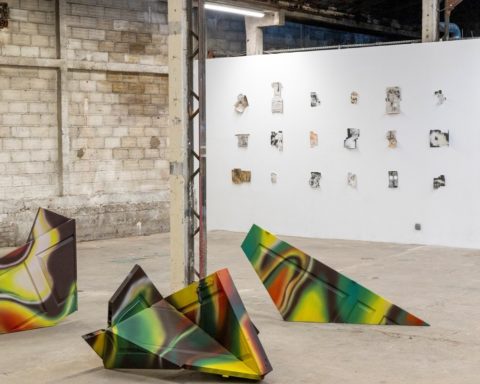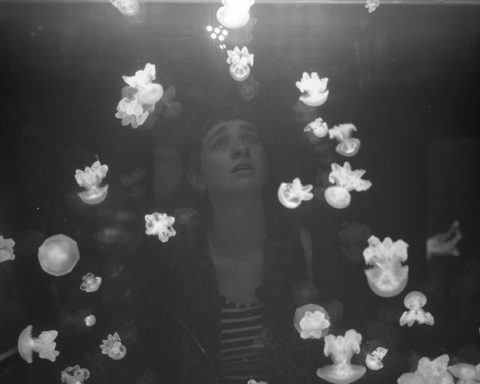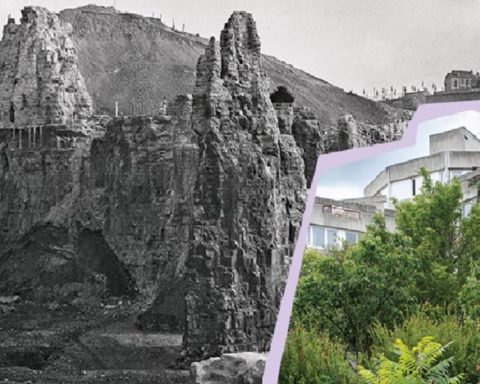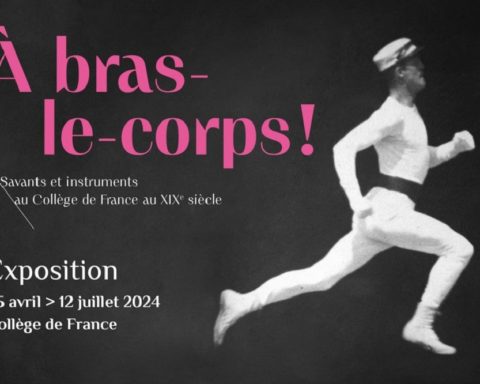
All the art of the past, of all eras, of all civilizations, appears before me, everything is simultaneous, as if space took the place of time. «Alberto Giacometti


A research centre open to all

An emblematic place

- Stanley Tucci's film Stanley Tucci's film will be released on June 6. "Alberto Giacometti, The Final Portrait"
- Book "Alberto Giacometti", by Catherine Grenier - Éd. Flammarion, 2017
- Bacon-Giacometti exhibition at the Fondation Beyeler in Basel (Switzerland) - Until September 2, 2018 - www.fondationbeyeler.ch/
-
Giacometti exhibitions at the Maillol Museum in Paris and at the Guggenheim Museum - Bilbao (October 19, 2018 - February 24, 2019).
Anything to add? Say it as a comment.

